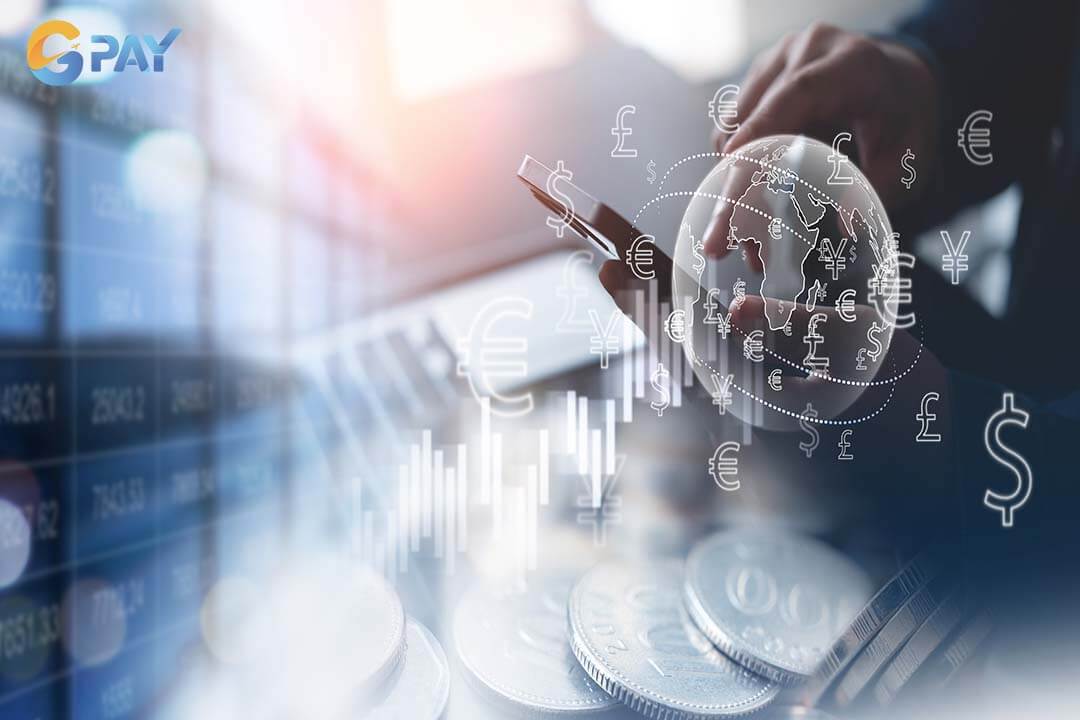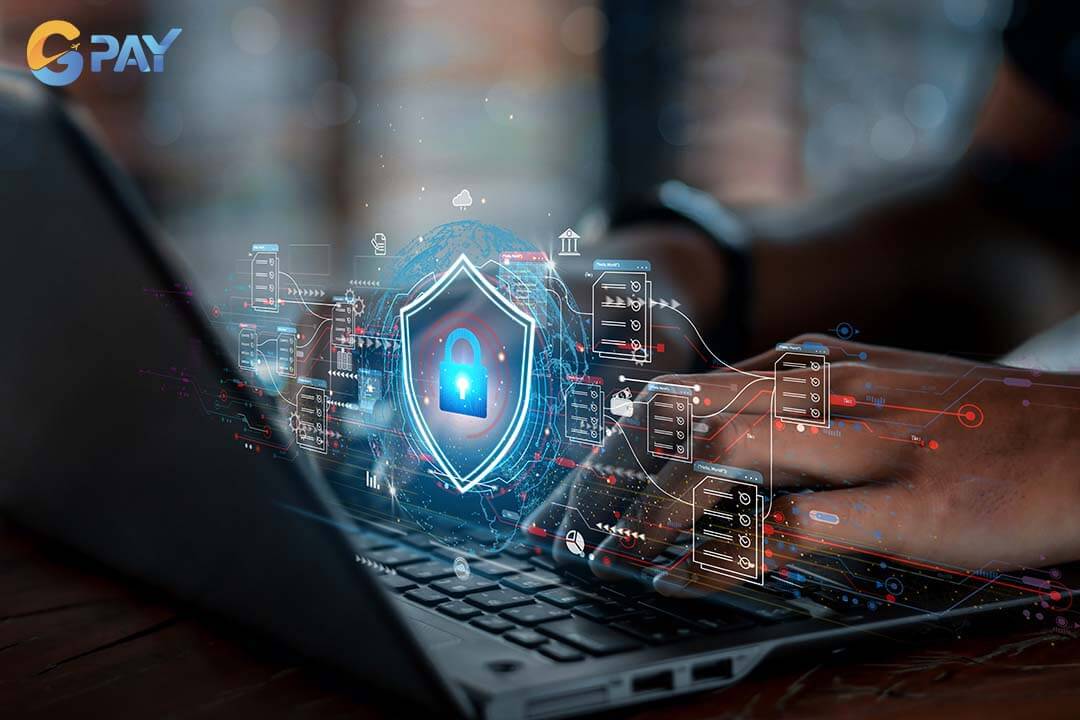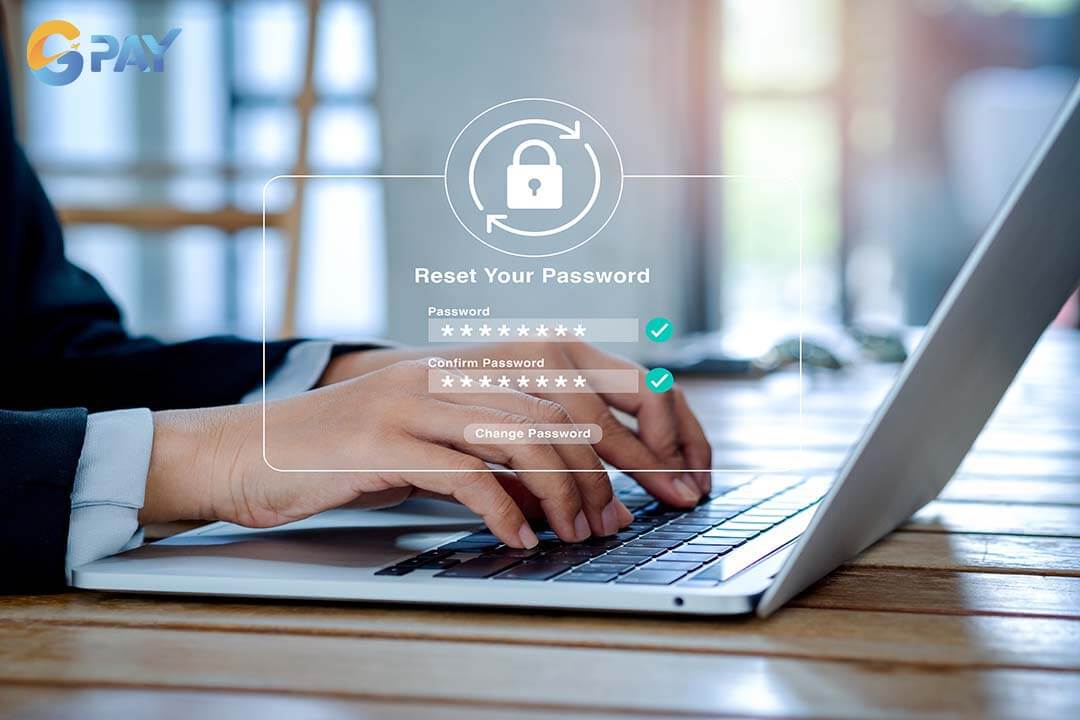The risk of e-payments has become an increasing concern in today's digital age, especially as online payments have become an essential part of daily life. While these modern payment methods have significantly improved user experience in everyday transactions, they still expose users to potential risks that many may not anticipate.
What are the risks of e-payments?
The risk of e-payments refers to potential dangers when customers use the internet to conduct financial transactions. These risks include fraud from fake websites, hackers, and scammers. When such risks occur, users can lose money, face economic damages, and even have personal information and bank card details stolen. This has become a complex and worrying issue for online payment users today.

People using smartphones to make online payment
4 common risks of e-payments you should watch out for
While e-payments offer many conveniences, users must also face some common threats. Here are 4 typical risks of e-payments and signs to help you protect your accounts.
1. Information security risks
Information security is paramount in e-payments. Hackers and scammers often try to steal account information, passwords, OTP codes, and other sensitive data. If users’ information is exposed, they may lose money from their accounts or use their information for unauthorized transactions. Common scams include phishing emails or creating websites that closely mimic banking or e-wallet sites to deceive users.
2. Financial risks
Financial risks occur when users unknowingly expose information or click on fraudulent links, resulting in unauthorized account withdrawals. Additionally, payments made through untrusted or unreliable gateways can lead to money loss or unfulfilled purchases. This is a prevalent risk for online shoppers and for those using applications lacking security certificates.

The risk of e-payments may arise from using an unreliable payment gateway
3. Operational risk of the e-payment system
If a bank or e-wallet service experiences technical issues, users may face errors such as repeated charges or incomplete transactions. This can cause inconvenience and concern, as users must file complaints and wait for their funds to be refunded. Moreover, system glitches can disrupt transactions, leading to frustration and anxiety. Users must track down and resolve complaints, ultimately diminishing their online payment experience.
4. Fraud and scams
Scammers often pose as bank representatives, send fake messages, or impersonate relatives to trick users into providing OTP codes, passwords, or personal information. This information allows scammers to access users’ accounts to conduct unauthorized transactions. Victims of such fraud may face significant financial losses and emotional distress, as recovering from scams can be challenging.

Secure information to avoid being scammed by malicious individuals
How to mitigate online payment risks for users
Protect yourself from online payment risks by following essential safety measures. Use secure websites, regularly monitor your transaction history, and avoid sharing personal information to safeguard your financial assets.
Use safe websites: Only make payments on websites with SSL security certificates (URLs starting with "https://"). This helps protect your personal information and account from being stolen.
Regularly check transaction history: Monitor and check the transaction history in your bank account or e-wallet to quickly detect any unusual transactions. If you notice strange transactions, contact your bank immediately to address the issue promptly.
Do not share personal information: Never share your bank card information, passwords, or OTP codes with anyone, even if they claim to be bank employees. Any such requests could be a sign of fraud.
Use strong passwords: Set strong passwords for your accounts and change them periodically. Do not use the same password for multiple accounts. To enhance security, passwords should include uppercase, lowercase, numbers, and special characters.
Activate transaction notifications: Sign up for notifications from your bank or payment service whenever a transaction occurs to detect suspicious activities quickly. This helps you monitor your account and better protect your assets.
Be cautious with phishing emails and messages: Do not click on links in emails or messages from unknown sources, especially those requesting personal information. Always check the email address and language in the message to identify signs of spoofing.
Use private networks or VPNs: When making online payments, use private Wi-Fi networks or a VPN to enhance security. This helps prevent intruders from tracking your information over public networks.
Log out after transactions: Always log out of your account immediately after completing a transaction to avoid unauthorized access. This habit protects your personal information from anyone who might use your device afterwards.
Regularly update software: Ensure that your device regularly updates security software and the operating system to protect against vulnerabilities. Updates often include important fixes that improve security features.
Be cautious when using public computers: Limit the use of public computers or unfamiliar devices for financial transactions. If necessary, make sure to log out completely and clear your browsing history after use.

Change passwords usually to protect your information
Control risk with payment gateway
A payment gateway provides numerous advantages for both businesses and customers, facilitating secure, efficient, and versatile online transactions. Firstly, payment gateways enhance security by encrypting sensitive data, like credit card details, to ensure safe, fraud-protected transmission. They support multiple currencies, enabling businesses to easily reach a global audience - a key feature for e-commerce growth.
Payment gateways prioritize convenience and speed, enabling swift purchases with various options like credit cards, debit cards, and digital wallets. With 24/7 availability, gateways support transactions anytime, meeting global, round-the-clock market demands. Automating transactions via a payment gateway reduces costs by minimizing manual work, saving business time and resources.
Gateways offer analytics tools, giving insights into sales trends, customer preferences, and transaction data for strategic planning. Importantly, using a secure and reputable payment gateway builds customer trust, reassuring users that their data is protected.

Experience the convenience and security of modern payment methods
Safe e-payments with GPay
GPay stands out in the global payment gateway industry with its tailored support and extensive capabilities for businesses. It operates in over 173 countries, ensuring accessibility and adaptability to different regulatory landscapes. With multi-currency functionality, GPay allows customers to make transactions in their native currencies, enhancing convenience and confidence.
The platform accommodates various payment methods, including credit cards, digital wallets, and local options, meeting diverse customer preferences. GPay also features 3D Secure authentication for added security, requiring customer identity verification to reduce fraud. Additionally, it provides specialized support for high-risk merchants, helping them navigate regulatory challenges effectively.

Pay conveniently and easily with GPay - Global Payment Gateway
The risk of e-payments is an important consideration in today’s digital landscape. Where convenience and flexibility are paramount. E-payments are essential but carry potential threats without proper precautions. If you’re seeking a reliable international online payment solution, GPay is an excellent choice. Contact GPay - Global Payment Gateway today, and we will assist you in making your payments easily and safely.

